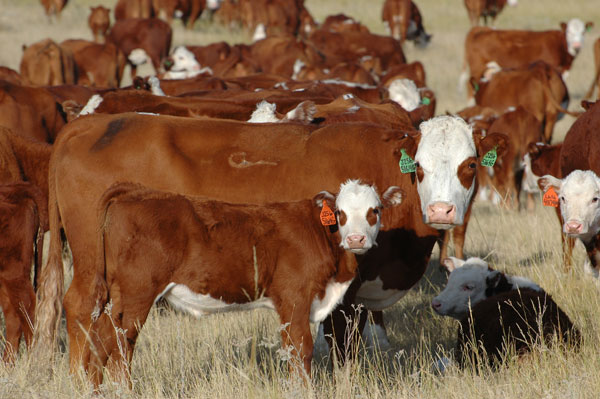Timing Of Castration Doesn't Impact Growth Rate Or Weaning Rate
According to University of Florida researchers, timing of castration in nursing calves doesn’t impact growth rate or weaning weight.
February 28, 2012

Castration beyond weaning has been documented as detrimental to both steer health and feedlot performance. However, timing of castration in nursing calves doesn’t impact growth rate or weaning weight, according to University of Florida researchers.
Winter-born Angus and Brangus bull calves were stratified by birth date, breed and dam age into two treatment groups that were surgically castrated at average ages of 36 (early) days, or 131 (late) days. The age range at the time of castration was 3-73 days for the early calves, and 84-180 days for late calves, which weighed an average of 356 lbs. The cow-calf pairs had access to hay and supplement during the winter months and bahiagrass pasture during the grazing months.
Average birth weight (80 lbs.) was the same for both groups. At weaning in August, average daily gain from birth to weaning and final weaning weight weren’t different between the early- and late-castration groups (2.0 vs. 1.9 lbs./day) and (456 vs. 452 lbs.), respectively. The Brangus calves tended toward heavier weaning weights than the Angus calves.
No breed by castration age interactions for any of the performance parameters were observed, meaning that time of castration effects weren’t different for the two breeds. These results give the cow-calf producer some flexibility in the timing of calf working, processing and castration procedures. Castration near birth or at several months of age will not impact weaning weight.
According to the USDA Beef 2007-08 Cow-Calf Management Practices survey, 75% of castrated bull calves are castrated before 93 days and only 18% are older than 123 days. Unfortunately, 40% of all bull calves aren’t castrated prior to being sold from the farm or ranch. This number is greater in herds less than 50 head and herds located in the south-central and eastern U.S.
Resources:
Scott B. Laudert, Ph.D., is a beef cattle technical consultant and former Kansas State University Extension livestock specialist based in Woodland Park, CO. He can be reached at 719-660-4473.
You May Also Like



